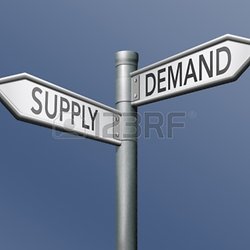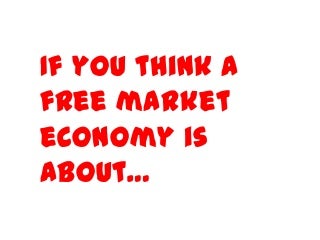 In the course of the nineteenth century many adjustments occurred throughout the United States government. I have only tried to clarify what is involved in making such a momentous determination, and, alsoand now we return to Kang’s articleto counsel that it’s only by totally laying out the principle advantages and downsides of market socialism that any effective resolution to China’s problems may be found.
In the course of the nineteenth century many adjustments occurred throughout the United States government. I have only tried to clarify what is involved in making such a momentous determination, and, alsoand now we return to Kang’s articleto counsel that it’s only by totally laying out the principle advantages and downsides of market socialism that any effective resolution to China’s problems may be found.
Finally, the market economic system leads to periodic economic crises, where all these disadvantages develop to a degree that many of the advantages I mentioned earlier simply dry up —the economic system stops growing, fewer things are made, growth of the forces of production slows down, investment drops off, and so forth.
A blended economic system has lots of the characteristics of market, command and traditional economies The United States is a blended economic system as a result of its Constitution protects lots of the characteristics of a market economic system, including ownership of private property, limitations on government interference, and promoting innovation.
A country’s persons are finest served by way of international trade – oil from Saudi Arabia, client products from China , and food from the U.S. As soon as businesses within a country are allowed or even encouraged to export , the government must surrender some control to free market forces.
The United States is a blended economic system as a result of, although the components of production are owned by the non-public sector, the government does get entangled in choices: The government determines what infrastructure might be built, and the government has passed laws putting many restrictions and rules upon non-public trade (just to name a couple, minimum wage laws and anti-pollution laws).
